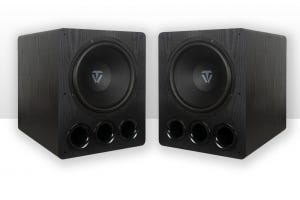As your Home Theatre or AV set up grows, you will find that the capabilities of your system will also. You may think that all the extra gadgets and options are just for those who are real enthusiasts; however there are great reasons why these “extras” are perfect for the everyday person. Switchers and splitters are more of those little devices that can make your home theatre set up so much easier to control. But which is used for what purpose?
The splitter box is used to “split” your output signal to 2 or more devices. This is particularly handy if you want to receive the same signal on 2 or more devices. i.e BluRay movies to a projector and bedroom TV.
The disadvantage of the splitter box is it’s doing just that, splitting your signal. If your device has a low output, you may notice a loss of signal on the receiving devices. Going for a powered splitter will help as this will amplify the signal as it sends it, providing less degradation of the end signal.
Device splitters are available for HDMI, optical audio, component and composite AV, antenna and VGA. Some devices will split the signal up to 8 ways, giving you significantly more control of how and what is viewed throughout your home.
The switcher (also known as a switch) is the opposite. This will allow multiple source devices to be sent to a single receiving device. Say BluRay Player, Set Top Box and PS3 via HDMI to a TV with only 1 HDMI input. Getting a switcher with a remote control is even more convenient. Switch to whichever device you like with the click of a button. You simply switch to the device you want to use as you want to use it.
Again, switch boxes are available for HDMI, optical audio, component and composite AV, VGA and to your home theatre speakers.


If you are still unsure which device or combination will suit your set up, feel free to call and speak to our Selby Techs on 1800 69 2225








